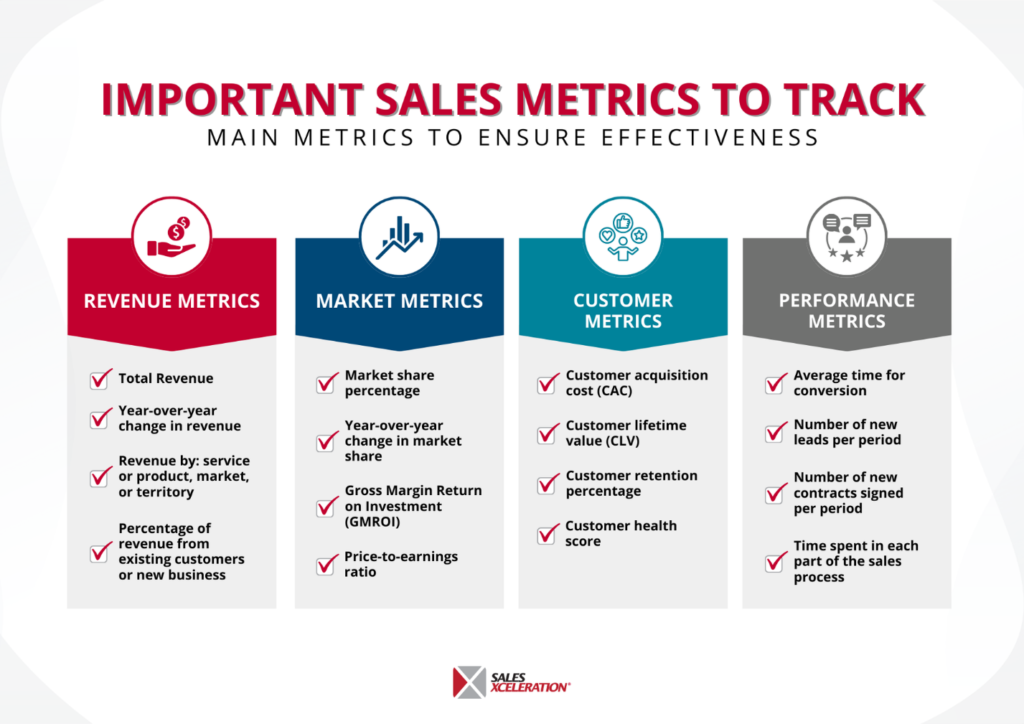Navigating the Path to Business Ownership: A Strategic Approach to Finding a Business for Sale
In this final edition of our four-part series on buying and selling a small business, we’re looking at how to zero in on your perfect acquisition target. We’re going to detail the multifaceted approach of identifying those potential targets, ensuring a comprehensive strategy that aligns with your vision, and both your personal and financial goals.

Beginning the Search
This phase in the acquisition journey involves identifying businesses that are on the market and “off market” or not listed for sale. The process is facilitated by various platforms and strategies, each with its unique advantages and challenges.
For on-market businesses, online marketplaces such as BizBuySell.com and BusinessesForSale.com have bridged the gap between sellers and potential buyers in the business world. These digital platforms are equipped with advanced search functionalities, enabling users to meticulously sift through listings based on specific criteria like location, industry, and price range. Beyond mere listings, these websites often provide valuable resources and insights into the business buying process, including articles, tools for valuation, and tips for due diligence.
Of course, business brokers will also have listings and can be utilized to assist in the complex search process to make it a more manageable endeavor. Business brokers offer a personalized service, presenting a selection of businesses that closely match your criteria and investment goals.
Their network often extends to off market listings that are not available to the public, providing potential buyers with access to unique opportunities that might otherwise be missed. Remember: a good broker not only helps in finding the right business but also assists in navigating the negotiation and purchase process, leveraging their expertise to your advantage in what can be a competitive market landscape.
Direct approaches, such as cold calling and direct mailing, serve as targeted strategies for individuals with a precise understanding of the business sector they wish to enter. These tactics allow you to directly engage with business owners, uncovering off market sale opportunities that might not be listed on public platforms. While these methods demand more time and effort, they can also lead to direct negotiations with owners willing to sell their business, potentially reducing competition and facilitating more favorable terms.
Networking plays a crucial role in the business acquisition process, with local business associations, chambers of commerce, and industry-specific events acting as fertile grounds for building valuable connections. Engaging with business advisors, accountants, and attorneys is especially fruitful, as these professionals are often privy to early discussions about businesses considering a sale. Expanding your professional network can not only provide you with insider information, but also enhance your credibility in the business community, making you a preferred candidate for business owners looking to sell.
Subscribing to industry-specific publications is a strategic move for prospective buyers, offering updates on businesses for sale and insights into market trends. Auctions and liquidation sales, on the other hand, present unique opportunities to acquire businesses or their assets at a discount. These methods can be particularly advantageous for those looking to enter a market at a lower entry cost, provided they are prepared to put in the necessary legwork.
Initial Screening & Outreach
At this phase in the process, the groundwork for a successful acquisition is laid, involving a meticulous review of potential businesses and the start of conversations with sellers or their intermediaries. This phase is not just procedural; it is the foundation upon which the rest of the acquisition process is built.

First, buyers should take a deep dive into the available data concerning the businesses. This isn’t merely about skimming through financial statements or customer testimonials; it’s about piecing together a comprehensive picture of the business’s history, its standing among consumers, and its future trajectory.
After the initial research, but before reaching out to a seller or broker, the next step is drafting a set of pointed questions. These inquiries are designed to peel back the layers of the business, revealing the motivations behind the sale, the hurdles the business faces, its financial robustness, the tangible and intangible assets that come with the purchase, any key employees to the success of the business, and potential real estate associated with the business, among many other things. This preparatory step is not just about gathering information; it’s about setting the stage for meaningful dialogue.
The manner of the initial contact— whether direct to the seller or here that the tone for all future interactions is established. Professionalism and a respect for confidentiality are not just courtesy; they are necessities, given the often-sensitive nature of business sales. This initial outreach is the first step in building a relationship based on trust and mutual respect. Good relations between a buyer and seller are critical to a smooth transaction, and both sides should keep that in mind, particularly during the initial vetting process.
Following the preparatory work and initial outreach, the conversation deepens through meetings and calls. These interactions are valuable opportunities to delve into the finer details of the business’s operation, its challenges, and potential for growth. It’s also a moment to discuss the sale’s terms candidly, and to assess the seller’s sincerity and commitment to the transaction.
In many cases, a Non-Disclosure Agreement (NDA) becomes part of the process. This legal formality is more than just a procedural hurdle; it’s a pledge of confidentiality that ensures the information shared remains between the parties involved. Signing an NDA marks a transition into more detailed discussions about the business, safeguarding the sensitive data that comes to light.
Throughout this process, vigilance is key. Any hesitation to disclose vital information, unexplained surges in financial performance, or undue haste to close the deal may be red flags identifying potential issues within the business or the sale process itself. Buyers should trust their instincts, ask questions, and verify information as they are making a life-altering decision, rife with risk under the best of circumstances.
Notably, most buyers will have help along the way from brokers, attorneys, and accountants, among others. They should work with experienced advisors and use that experience to their advantage as much as possible.
Conclusion
Finding the right business to purchase is an intricate blend of diligent research, strategic outreach, and keen intuition. By leveraging a variety of methods to identify potential opportunities, engaging in thorough initial screening, and conducting detailed outreach, prospective buyers can navigate the complex landscape of business acquisition with confidence.
The journey to business ownership, like many of life’s journeys, is paved with challenges. However, with the right approach, it can lead to rewarding opportunities and long-term success. The key to a seamless acquisition lies in understanding the market, knowing what questions to ask, and maintaining a clear vision of your entrepreneurial goals.
If you have questions about embarking on this journey yourself, our team at The Wagoner Firm, PLLC is always available to start that conversation. Learn more by visiting thewagonerfirm.com.


























